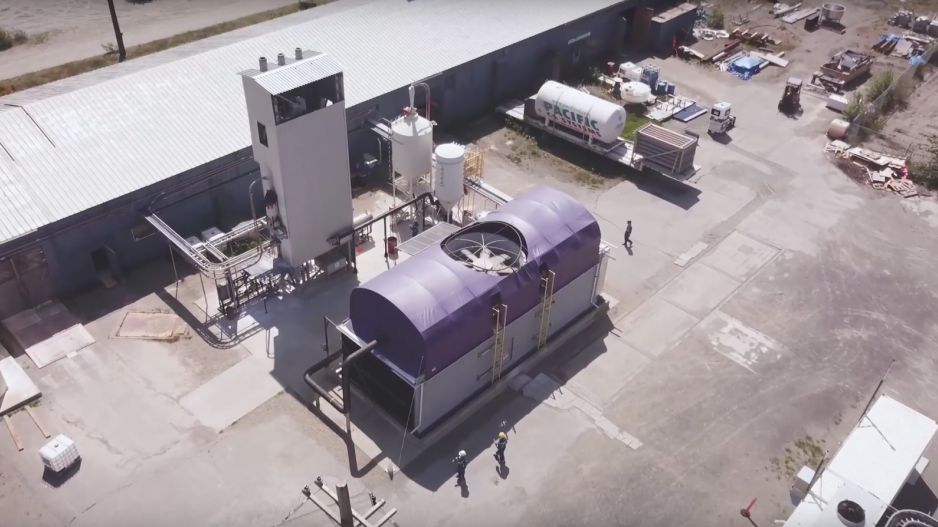Removing carbon dioxide from the atmosphere can be done on an industrial scale that would be economically viable, according to a new study published in Joule by Carbon Engineering.
Carbon Engineering is the Canadian company that built a pilot plant in Squamish that removes carbon dioxide from the atmosphere.The company's largest private investor is Microsoft Corp. (Nasdaq:MSFT) founder Bill Gates, and its chairman, Dan Friedmann, is the former long-time CEO of MacDonald Dettwiler and Associates.
To date, atmospheric carbon capture has been deemed too expensive to be practical, because of the high energy inputs.
Those inputs would put the cost of atmospheric carbon capture at around US$600 per tonne of CO2, meaning it would be far more economic to simply reduce carbon emissions.
But in a paper published in Joule, Carbon Engineering says it has demonstrated that its engineering approach could reduce the costs to US$94 to US$232 per tonne, or an average of US$100 per tonne.
But even at that price, it will be years before carbon pricing makes straight-up atmospheric carbon capture viable, so in the meantime, the company plans to use the process to combine the carbon that's captured with hydrogen to produce a carbon neutral fuel. A byproduct is calcium carbonate, which can be converted back into liquid CO2, either for sequestration or use in enhanced oil recovery. Or it could simply buried in solid form, in abandoned mine shafts, for example.
A potential market for a carbon neutral fuel is in aviation, since that's the one transportation sector that cannot switch to electric power, unlike cars, trucks, boats, or rail.
"Nobody imagines today a solution for electrification of planes," said CE CEO Steve Oldham, who is also a former MDA executive.
But he thinks it could even compete with the electric car market.
"There's a billion cars in the world, so at $30,000 for an electric vehicle, that's $30 trillion for us all to get a new car. So it's a lot cheaper instead that we change the fuel."
Oldham said an industrial-scale direct air capture (DAC) plant that would remove 1 million tonnes of CO2 from the atmosphere per year for 25 years would have a capital cost of about $600 million.
That's not what the company is proposing to build, however. Rather, it plans to license its technology to the fuel industry to produce carbon neutral fuel.
Although burning the fuel that would be produced would produce CO2 emissions, since it came from CO2 that was removed from the atmosphere, the fuel would be considered to be carbon neutral.
"The near-term fuels business plan is economically viable right now," Oldham said. "There's a massive market for liquid fuel. So our near-term plan is we are first going to produce a carbon-neutral fuel.
"So what happens next for us is we scale up, and we will partner with fuel companies so that they will take our fuel and bring it to market. We'd license the technology to a partner company that's in the fuels business. They would then build a plant and produce fuel."




